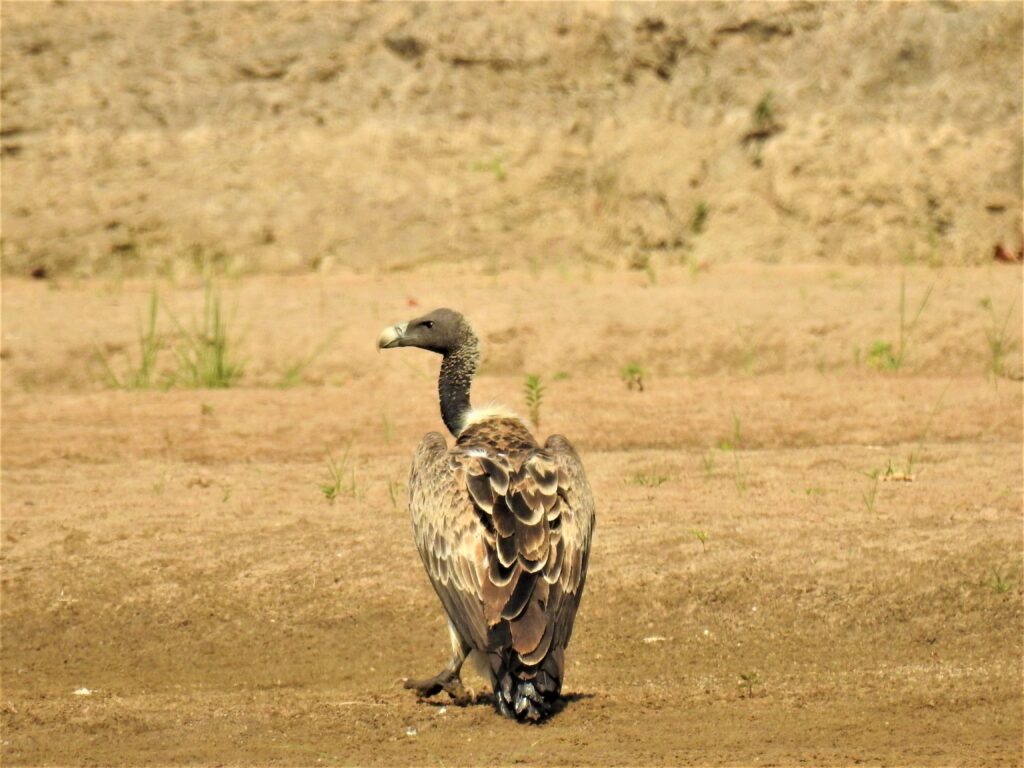Humans have introduced several species through the world. Although not all introduced species survive in newly colonized areas, some of them do, becoming invasive. Invasive species present one of the biggest threats to native species and are considered drivers of the loss of biodiversity. Invasive species have reached most areas of the world, including Patagonia.
The present distribution of Patagonian native species is the result of a complex history involving populations reduction during the ice ages, expansions during the Holocene (12000 years BP) and habitat modifications during the Anthropocene (1800 to present). Humans have not just modified the landscape during the Anthropocene, but also introduced species in Patagonia as it occurs with salmonids. Salmonids were introduced in Patagonia in early 1900, occupying most rivers and lakes, preying on, and competing with native species, including the native fish Galaxias platei, a species that survived the dramatic changes in the landscape occurring during the ice ages. Here we studied the fish G. platei as a case study to understand how processes related to Pleistocene glaciations and salmonid introductions can affect the genetic diversity of native species.
Genetic diversity is a parameter calculated from the study of informative regions of the DNA and allows to determine the conservation status of a species in a better way than just counting a number of individuals. Considering the impact of ice ages in most Patagonia species, we were expecting to observe that any loss of genetic diversity in G. platei should be mainly explained as the result of the ice ages and to a lesser degree due to the introduction of invasive species. Nevertheless, our results showed that although Pleistocene glaciations had an influence on the Patagonian native fish, introduced salmonids had the greatest negative influence on its genetic diversity. Thus populations from lakes with salmonids exhibited significantly lower genetic diversity than populations from lakes without salmonids.
Lower genetic diversity is a signal of a population that has experienced population size reduction and is a signal of a population very sensitive to changes in the landscape that could lead even to population extinction. This lower genetic diversity in native fish populations inhabiting lakes with salmonids is similar to the observed in overfished species in the ocean as a consequence of the aggressive fisheries of the last century. Computer simulations, recreating fish populations 100 years ago, are consistent with the hypothesis that this difference in the genetic diversity is the result of the decrease of population sizes during the last century as a consequence of the introduction of salmonids. Our results reveals how genetic studies can help to study the negative consequence of invasive species and the importance of this evidence for conservation programs.
Published as: Invasive species and postglacial colonization: Their effects on the genetic diversity of a Patagonian fish in Proceedings of the Royal Society B on Wednesday, February 27th 2019. MS Reference Number: RSPB-2018-2567.R1





